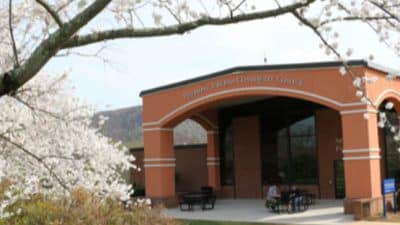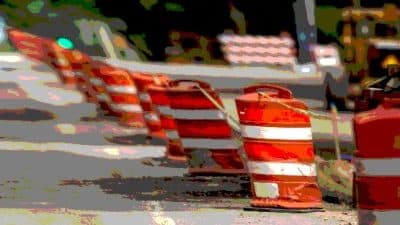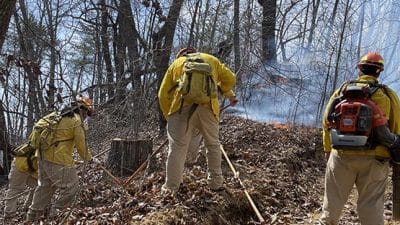
The report shows that some states are moving aggressively to make badly needed repairs and prepare for a 21st century transportation system. Others are letting their roads and public transportation deteriorate, adding new capacity while they cannot take care of what they have.
Research cited in the report shows that road and bridge repair generates 16 percent more jobs than new bridge and road construction. And because repair work can generally be started faster, these jobs would come on-line faster.
The ARRA provided $26.6 billion in flexible transportation funding—half of it required to be obligated within the first 120 days, by Monday, June 29—through the federal Surface Transportation Program (STP). STP funds can be used by state and Metropolitan Planning Organization (MPO) officials for a wide range of transportation infrastructure projects, including: public transportation capacity, sidewalks, repair and preventive maintenance of bridges and roads, and new and widened roads and highways.
The report, “The States and the Stimulus: Are they using it to create jobs and 21st century transportation?”, shows that Virginia spent $302 million on road and bridge repairs, $140 million on new road capacity, and $9 million on freight rail. (The numbers are based on 1511 reports submitted to the federal government and thus will not include all of Virginia’s proposed spending.)
“Virginia’s transportation stimulus spending offers a mixed story,” said Stewart Schwartz, executive director of the Coalition for Smarter Growth. “The state is taking advantage of the stimulus funds to make critical freight and passenger rail investments, but is also spending on new road capacity when it faces a huge backlog of road and bridge repairs.”
Virginia ranked 39th out of the 51 jurisdictions, because it directed just 60 percent of its funds to fixing existing highways, bridges and roads, while reporting 54 percent of its roads in less than good condition. In addition, Secretary of Transportation Homer reported to the General Assembly and the Commonwealth Transportation Board that the state has $3.7 billion in structurally deficient bridges and $1 billion in deficient interstate pavement. The percentage of funding allocated to new road capacity compared to road maintenance may go up when Virginia completes its reporting, based on the June 17 VDOT presentation to the CTB and local Metropolitan Planning Organization allocation decisions.
The state did well on spending in other areas, ranking 12th nationally, because it applied $9 million toward fixing a critical freight rail bottleneck near the port facilities in Portsmouth is allocating another $52.7 million in ARRA Surface Transportation Program funds to key freight and passenger rail projects (spending not reported yet to the federal government and therefore not included in the national report).
“Virginia’s allocation of stimulus funds to rail is illustrative of a state that is becoming a national leader in planning and funding of freight and passenger rail upgrades. These upgrades will reduce traffic on the highways and reduce energy consumption and greenhouse gas emissions, enhancing the state’s economic competitiveness,” said Schwartz.
When asked in a poll by the National Association of Realtors how they would spend the recovery money, a very strong majority of Americans (80 percent) said they prefer that stimulus transportation funding be used for repairing roadways and bridges and for public transportation. “The public wants a balanced transportation system, and Virginia should continue its efforts to shift more funding to transit, rail, pedestrian/bicycle and maintenance needs,” said Schwartz. “We look forward to working with Gov. Kaine and his successor on these needs, which are critical to improved energy efficiency and economic progress in Virginia.










